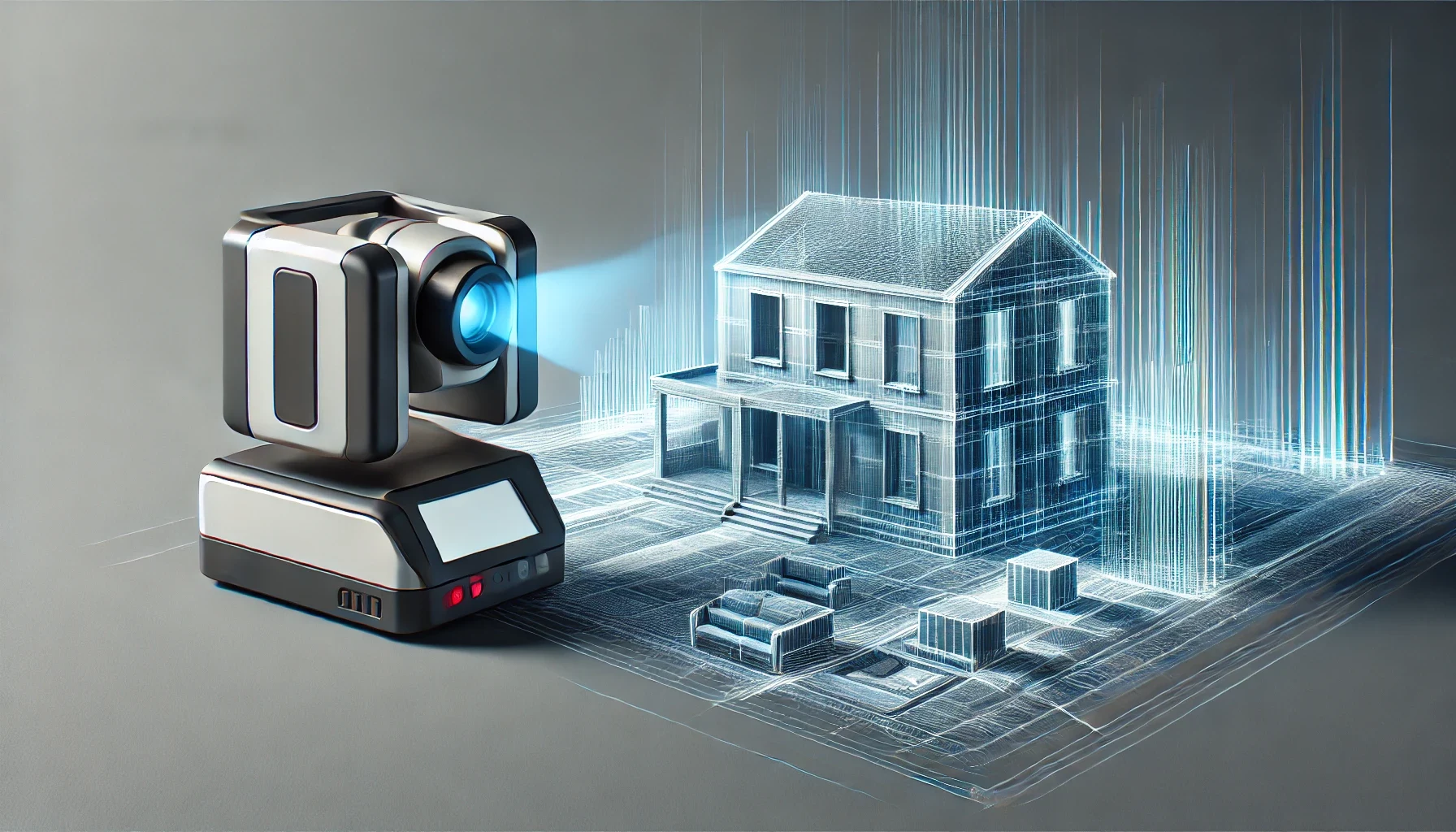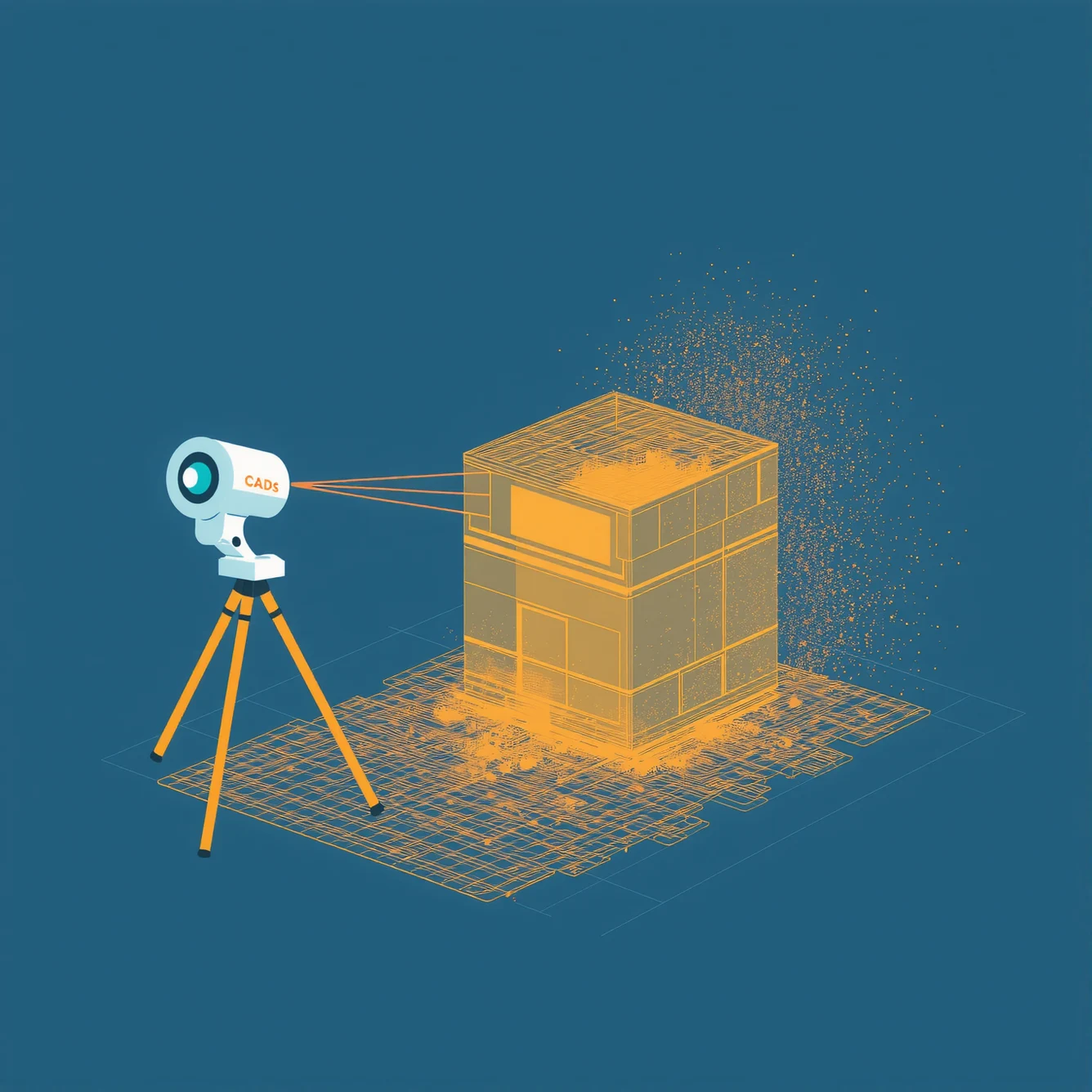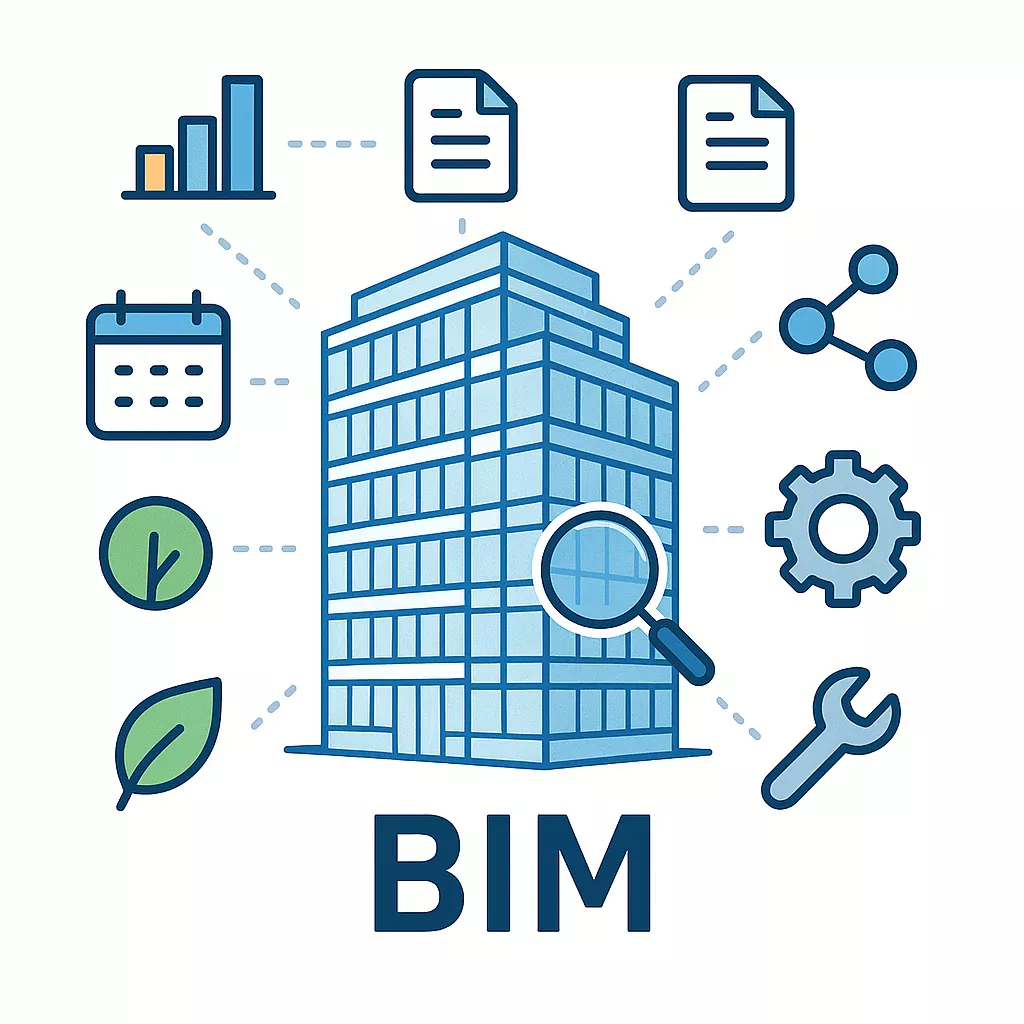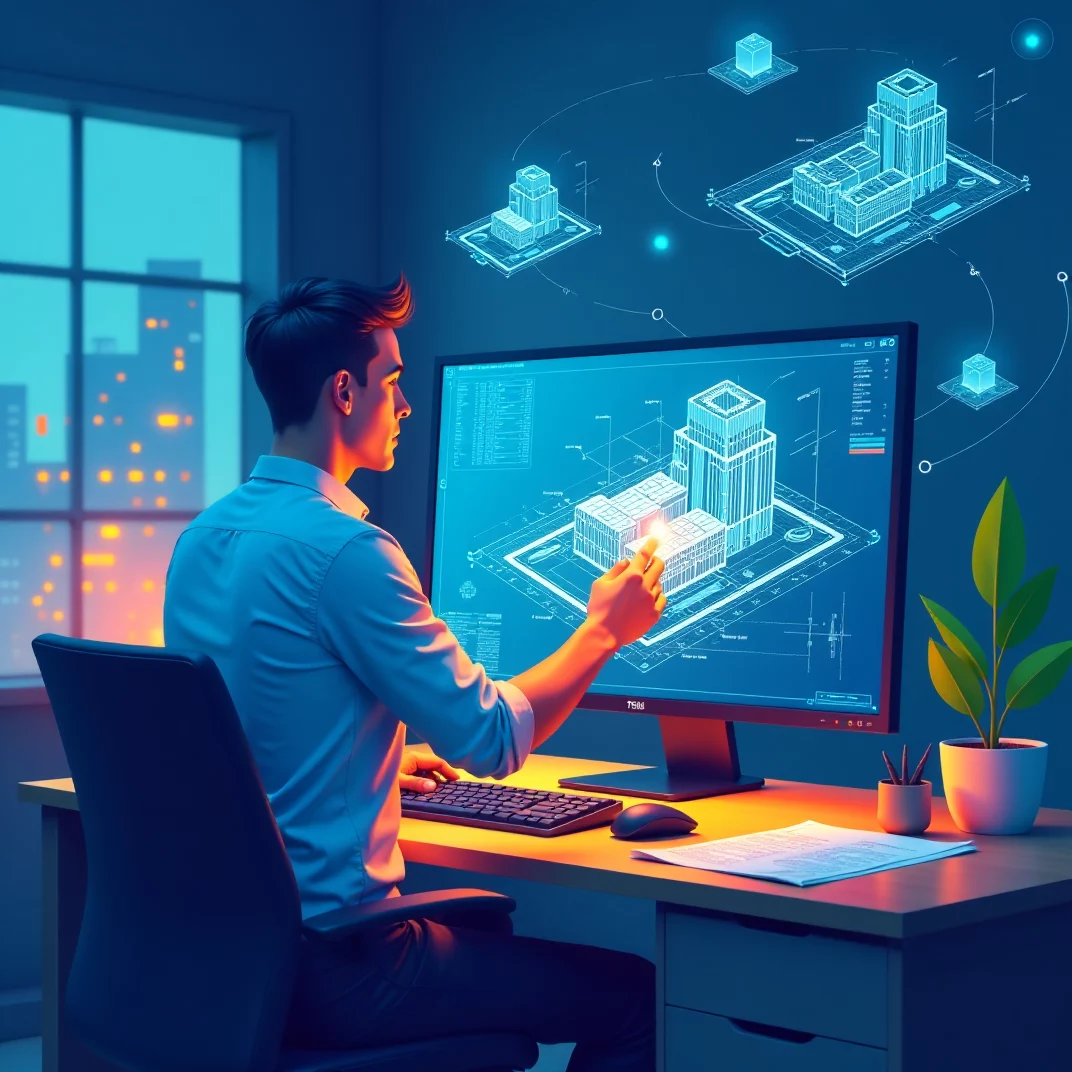
Scan to BIM: Transforming Real-World Structures into Digital Models
In today’s architecture, engineering, and construction (AEC) landscape, the ability to convert real-world structures into precise digital models is invaluable. Scan-to-BIM technology makes this possible by creating accurate Building Information Models (BIM) directly from physical environments. Using laser scanning and advanced photogrammetry, scan-to-BIM allows project teams to document existing structures, capture intricate details, and bring them into the digital world with unmatched precision. For AEC professionals looking to leverage scan-to-BIM for their projects, Enginyring’s scan-to-BIM services offer expert solutions.
What is Scan to BIM?
Scan to BIM is a process that transforms physical environments into digital BIM models through the use of 3D laser scanning and photogrammetry. High-accuracy laser scanners capture millions of data points, creating a point cloud that represents the exact geometry and dimensions of a structure. These point clouds are then processed and converted into 3D models, which can be used for a wide range of applications, from design and construction to long-term maintenance.
Key Benefits of Using Scan to BIM Technology
1. High Accuracy and Detail
Scan-to-BIM technology captures every angle, corner, and dimension of a structure with unparalleled accuracy. The point cloud data enables the creation of precise digital models, which are essential for minimizing errors during renovations, restorations, or expansions. By partnering with Enginyring’s scan-to-BIM services, AEC professionals can ensure their digital models meet the highest accuracy standards.
2. Time and Cost Efficiency
Traditional methods of documenting as-built conditions are time-consuming and prone to error. Scan to BIM reduces both time and costs by automating the capture of structural data, eliminating the need for manual measurements. These digital models are immediately ready for design applications, speeding up project timelines and reducing labor costs.
3. Enhanced Collaboration Across Teams
Digital BIM models created from scans allow for easy sharing and collaboration across different teams. With accurate digital data, architects, engineers, and contractors can work from the same up-to-date model, reducing misunderstandings and promoting alignment throughout the project lifecycle.
4. Historical Preservation and Restoration
Scan to BIM technology is invaluable for documenting historic sites and other complex structures. By creating digital twins of historic or architecturally intricate buildings, teams can preserve accurate records, plan restorations, or create replicas without impacting the original structure.
Applications of Scan to BIM in Various Industries
Building Renovation and Restoration
In renovation projects, capturing as-built conditions with laser scanning ensures that the design aligns accurately with existing structures. Digital models enable designers to plan updates without interfering with existing structural elements.
Infrastructure and Transportation
Bridges, tunnels, and other infrastructure projects rely on accurate spatial data for maintenance and development. Scan-to-BIM enables engineers to document and analyze these structures in detail, improving safety and efficiency in planning upgrades or repairs.
Facility Management
Scan-to-BIM is increasingly popular for facility management. Digital models provide facilities managers with a comprehensive view of all structural and MEP (Mechanical, Electrical, and Plumbing) components, making maintenance and planning more effective.
In each of these applications, Enginyring’s scan-to-BIM services offer the expertise and technology needed to bring physical spaces into the digital realm.
The Future of Construction with Scan to BIM
As scan-to-BIM technology advances, it is likely to become a standard in the AEC industry. High-tech scanning equipment, AI-based data processing, and cloud-based collaboration tools are enhancing the accuracy and accessibility of BIM models. With scan-to-BIM, construction projects can become more sustainable, efficient, and flexible, allowing teams to create comprehensive digital twins that remain valuable throughout the building’s life cycle.
Scan-to-BIM technology is revolutionizing the construction industry, offering unparalleled precision, collaboration, and efficiency. By turning real-world structures into digital models, scan-to-BIM empowers AEC professionals to work smarter, faster, and with greater accuracy. If you’re ready to bring your project into the digital age, explore Enginyring’s scan-to-BIM services and discover how easy it is to create detailed, high-quality digital models.









